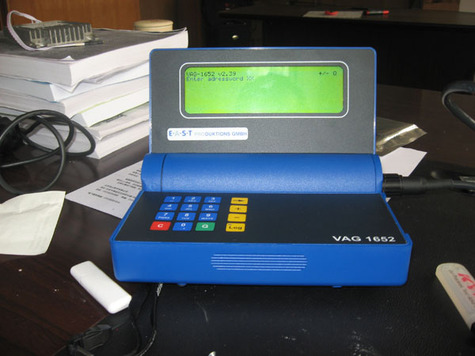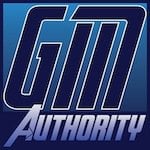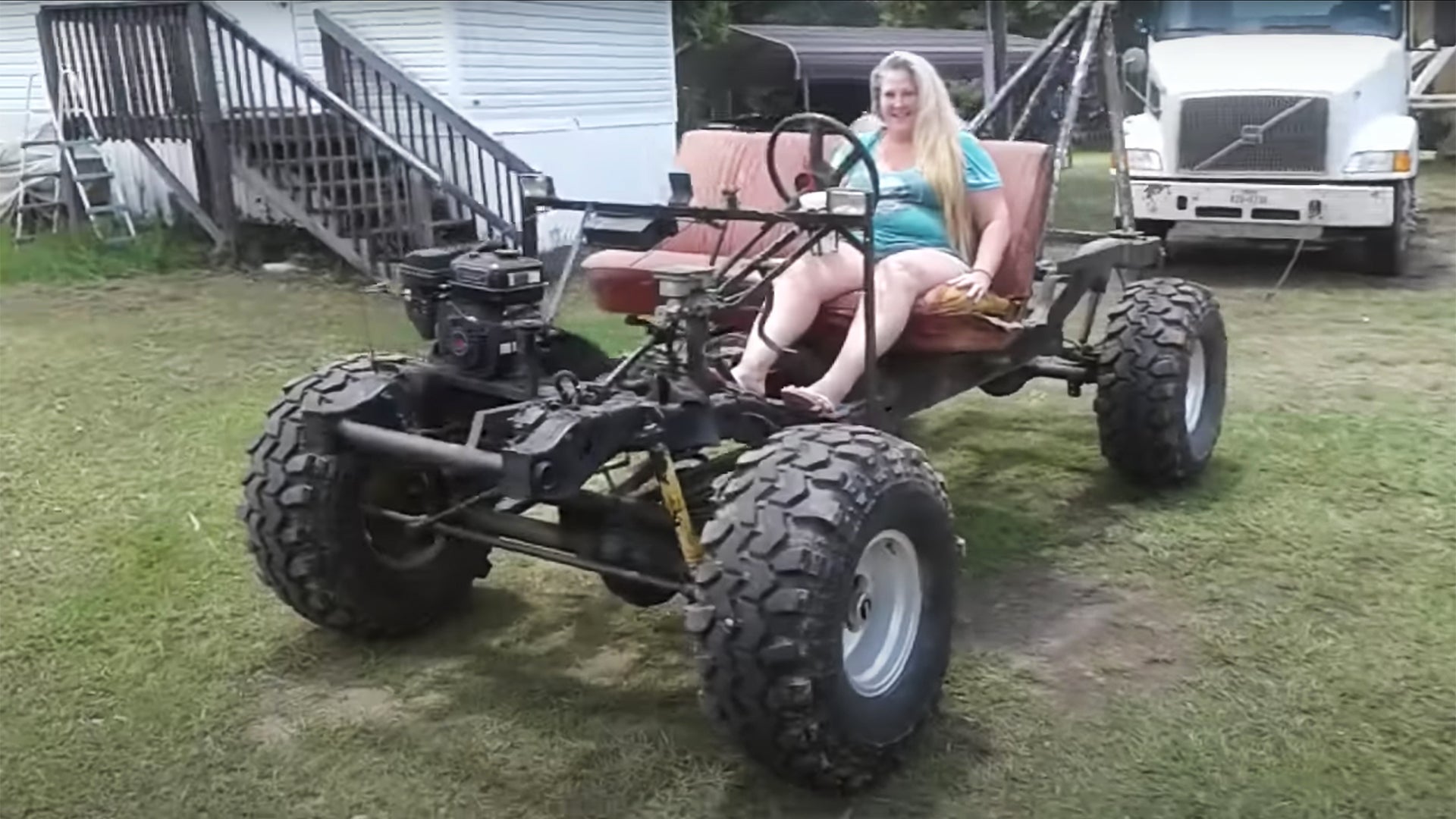Uwe's idea was to solve the problem on each furnace.
No, it was not my idea. The idea already existed when I came on board at MSI. I just implemented it, starting with a model in a spread-sheet, then a scale model that used a bank of 100W light bulbs as a load. The tungsten filaments in conventional light bulbs also have a huge temperature coefficient of resistivity, just like the molybdenum elements used in many vacuum furnaces, but due to their very low mass, they're much more "dynamic". I figured if I could make that work, I could scale it up. Using that small model, I quickly discovered the reason why nobody else had taken the approach we were using. When you switch taps on a zero cross, there's a big surge due to residual flux in the transformer core. OK, let's try delaying firing that SCR for 15 degrees, just on that first cycle after switching tapes. Hey, that helps! OK, let's try 30 degrees. Problem solved! This is easy if you have full control over your SCRs with a microprocessor and software, but back in those days (early 1990s), nobody else was doing that. Several other companies in the furnace control business saw what were were doing and flatly stated, "That's impossible; you can't do that!". That's right, you can't, at least not with the analog controls you guys are using.
Oh, and one of the design criteria from our first customer was the system had to be able to withstand a dead short ("drop a crowbar across it") at the output without damage, even to the (giant) fuses on the input, because sometimes things inside a furnace fall off the racks and short out the elements. When he came in to see the first full-sized one run, we handed him an actual crow-bar to test it. He wasn't willing, so we did for him. The system was running at full power (50 kW, ). It simply stopped on the next zero cross of the input. We removed the crowbar and it gently re-started and ramped up again, without anything else being touched.
Good times indeed. Except for the small detail that despite having a better mousetrap, the world did not beat a path to our door. Our systems were more expensive than the traditional ones, and we could show that they would pay for themselves in 12-18 months, but very few potential customers were willing to invest in that "unproven" technology that they didn't understand.









